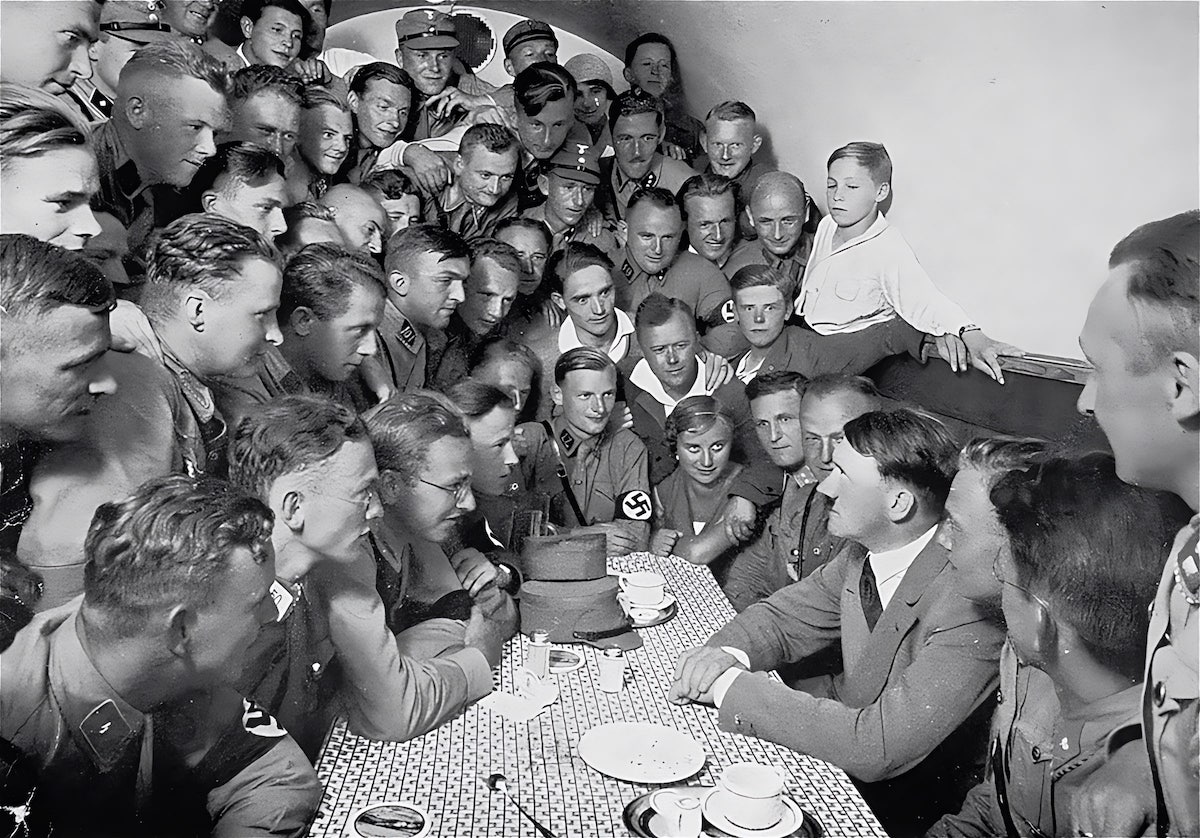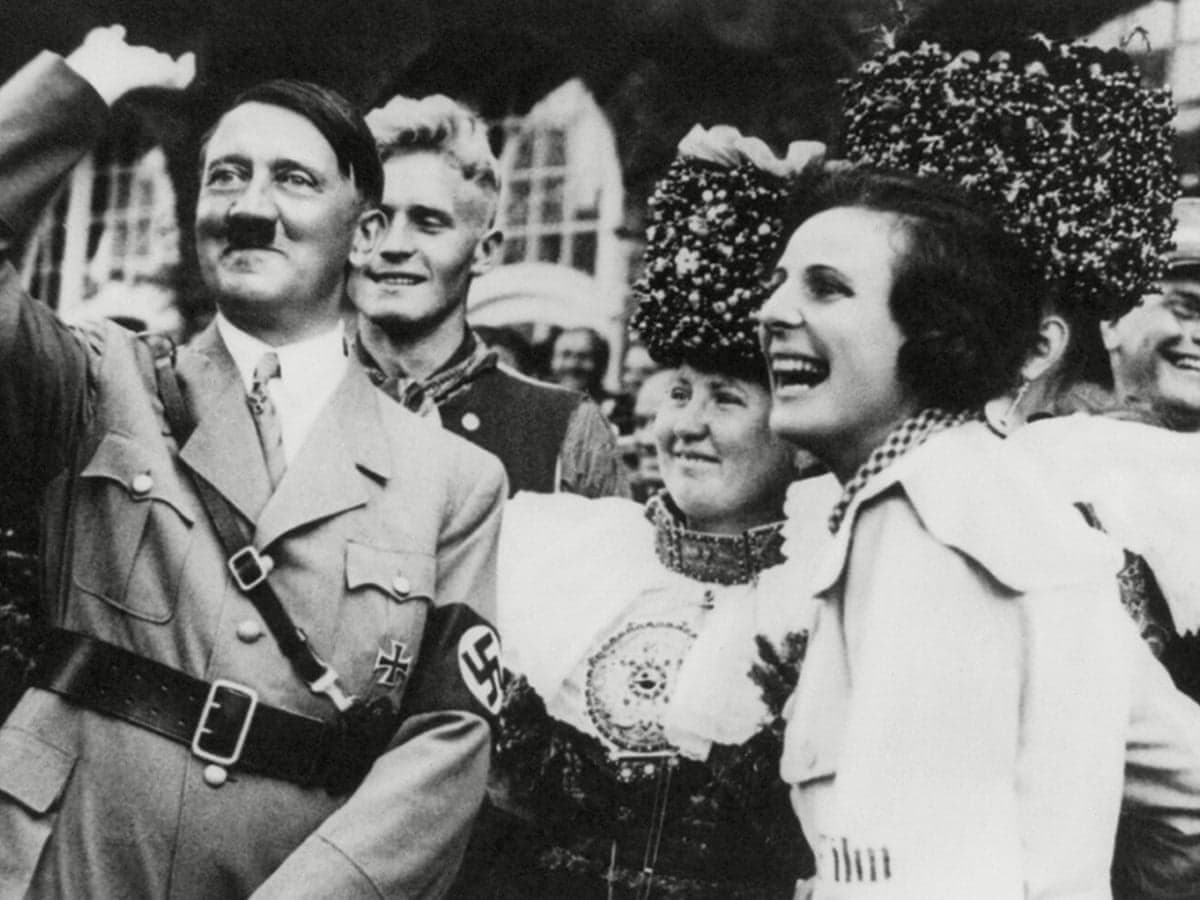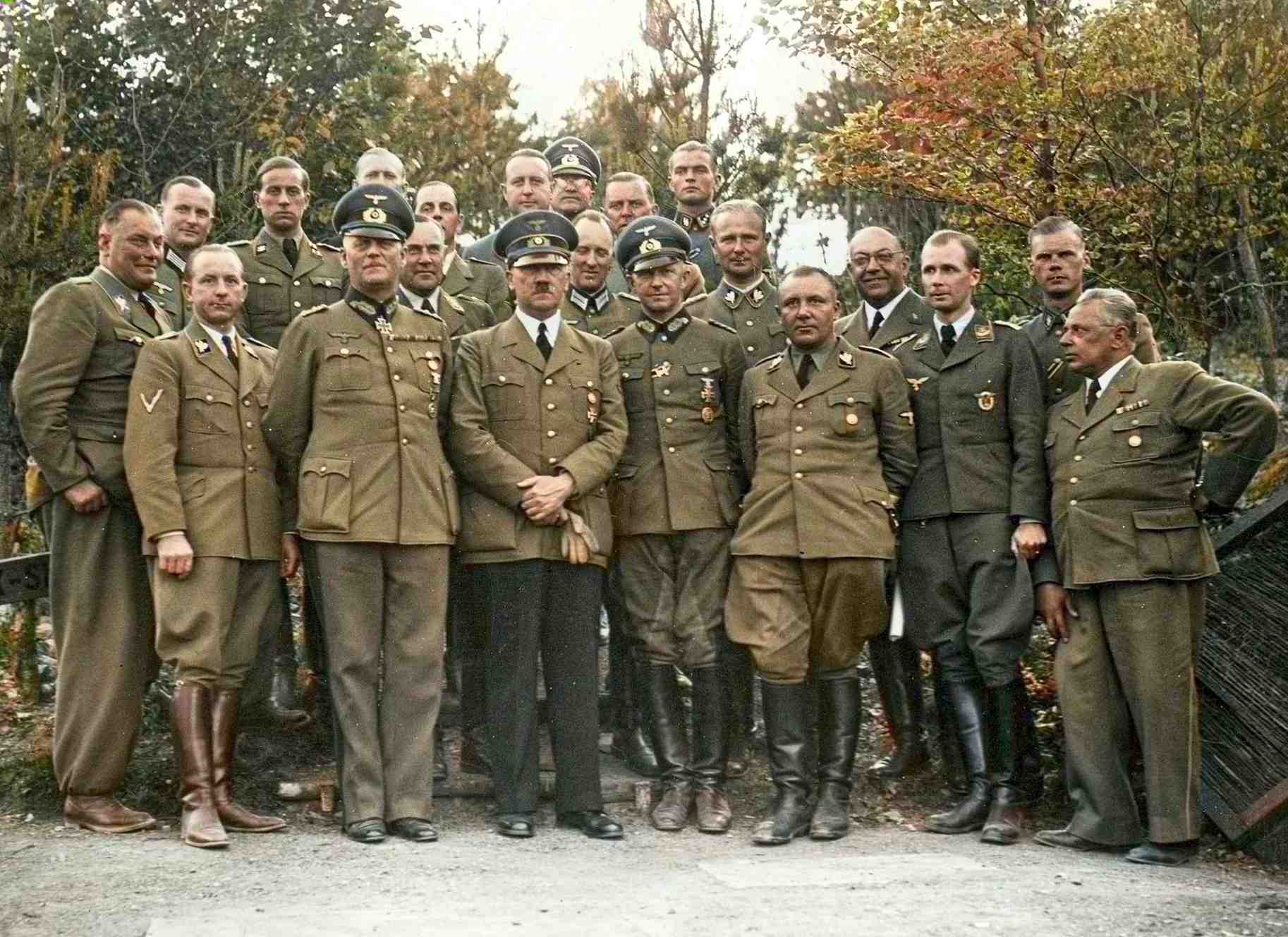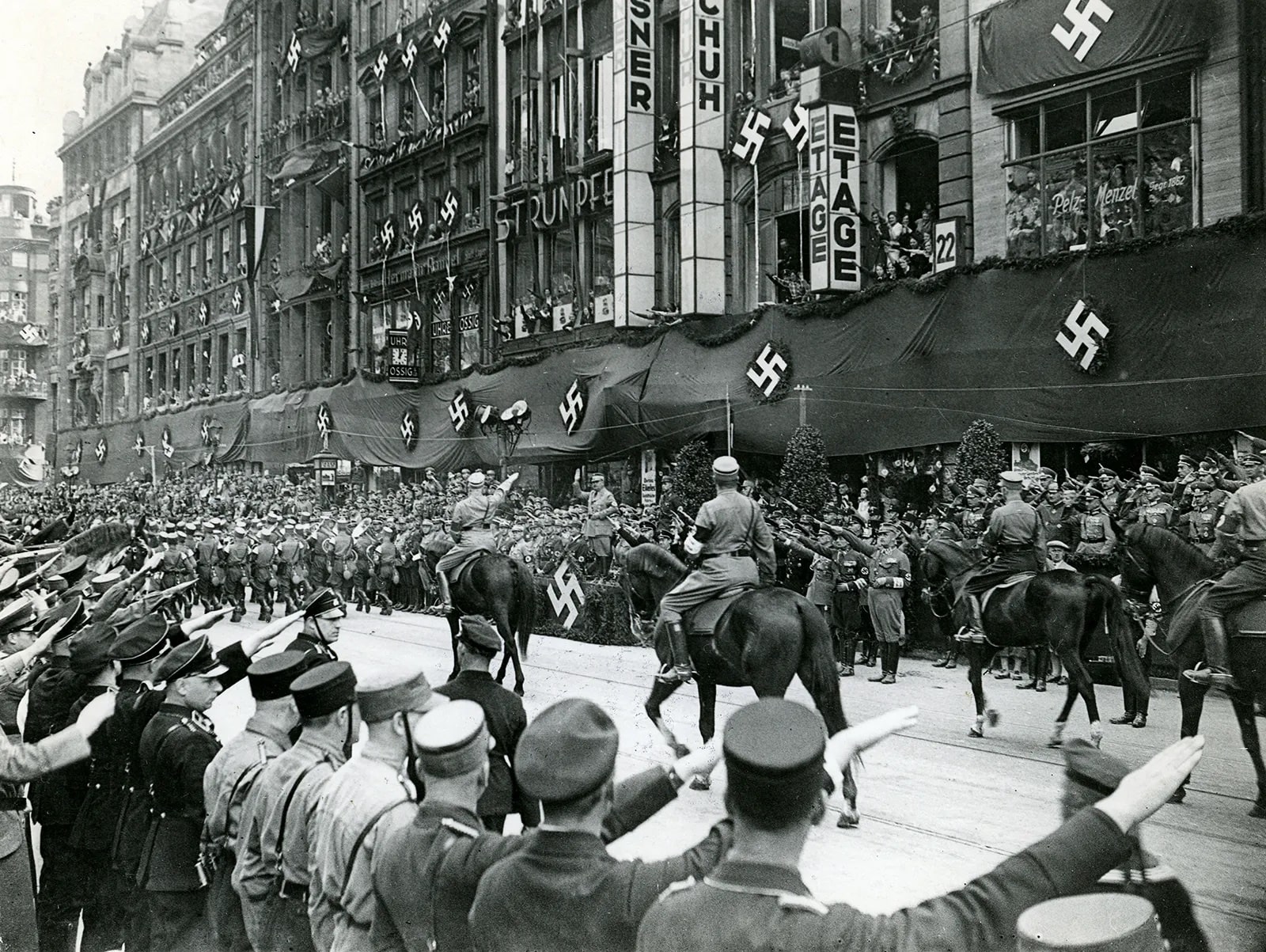Immediately after the collapse of Adolf Hitler‘s Germany, the Führer became the epitome of the regime for Germans. A real demon, he had a hypnotic effect on a crowd of ordinary citizens and deceived and mesmerized his victims. It took more than a decade for Germans not only to reassess the actions of Hitler, Goebbels, Himmler, Goering, and other Nazis but also to realize their own participation in the crimes, even if it took the form of silence and non-resistance to evil. Hitler’s appearance was not at all consistent with the supernatural qualities attributed to him; he seemed too caricatured. These perceptions coalesced into the many myths with which the image of one of the worst dictators in history grew after the war.
- 1- Hitler did not graduate from high school
- 2- Hitler became a dictator because he could not become an artist
- 3- His real last name was not Hitler
- 4- Hitler made the toothbrush moustache popular
- 5- Hitler was actually a Jew
- 6- He shouted “Heil Hitler!” and generally yelled all the time, was crazy, a Satanist and an occultist
- 7- Hitler was also a vegetarian
- 8- Hitler was a brilliant orator
- 9- They tried to kill Hitler 40 times
- 10- Hitler didn’t actually kill himself, but faked his death and lived for a long time
1- Hitler did not graduate from high school
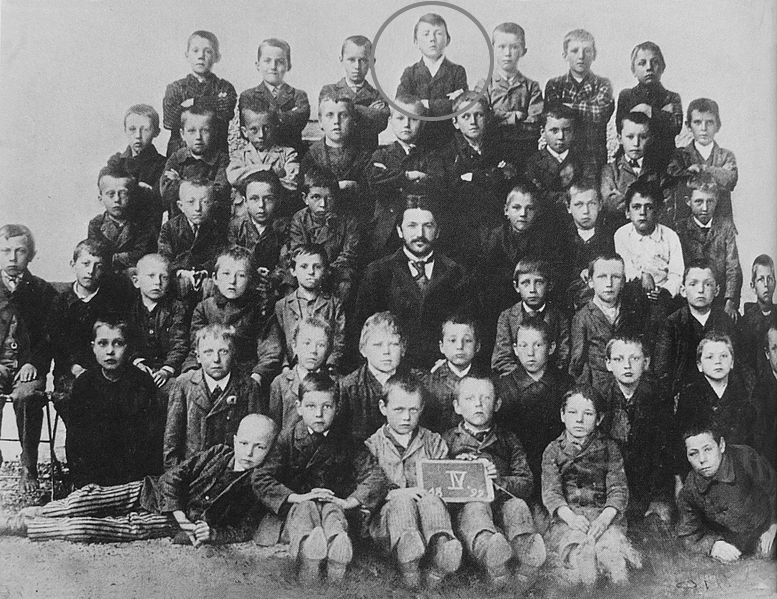
Adolf Hitler and his family lived in the Austrian town of Leonding, near the city of Linz, from 1899 to 1905. Adolf attended and excelled at the public elementary school (or “grundschule,” as it was known back then in Austria). After finishing elementary school at age 11, he enrolled in junior high. There, he studied quite sporadically, devoting his whole attention exclusively to the topics that particularly intrigued him. Seemingly incapable of sustained, methodical effort, he would instead spend entire days aimlessly wandering around.
After enjoying his first year of high school, the teen Hitler persevered through the second. He eventually came to view education as a burden, and, following his father’s passing, Hitler abandoned his academic pursuits completely. Hitler’s mother tried to put him in boarding school when he was 14 years old, but he still performed poorly academically across the board; the only certificates that have survived show that Hitler obtained passing grades in art and physical education (PE). Hitler later made it clear that he did not think highly of Germany’s established educational system. He said that self-education and the World War I trenches had supplanted colleges, and he criticized schools for overloading children’s minds with irrelevant material.
Verdict: It’s true.
2- Hitler became a dictator because he could not become an artist

Some people claim that Hitler’s rise to power was inspired by his failed attempts to pursue a career in the arts. Two years passed after Hitler left boarding school, with him doing nothing except visiting Linz’s theater and art gallery, until he finally mustered the will to travel to Vienna and enroll at the Academy of Fine Arts there. Hitler moved to Vienna in 1907, leaving behind his ill mother in Linz. In fact, he attempted enrollment in the Academy of Fine Arts on two separate occasions, with no success. Despite stiff competition, Hitler made it through the first round, but the second time around he was eliminated because his submissions had “too few heads,” since he did not enjoy painting human beings. He didn’t make it through the preliminary round the second time around.
Hitler persisted in pursuing his ambition to be an artist, producing pictures and life-size paintings that were later auctioned by his friend Reinhold Hanisch (for Hitler himself, it was unbearable to endure refusals in art shops). Hitler’s mother left him an inheritance, but he frittered it away and was forced to take odd jobs to get by.
At the outset of World War I in 1914, Hitler fled to Munich to evade conscription into the multinational Austro-Hungarian army that he had joined the year before. He loved Germany like a father and was willing to die for its success. While recovering from his wounds in a hospital in November 1918, he heard about the German revolution and the notorious armistice that blamed Germany for starting the war. He grew fixated on the concept of entering politics as a means to rescue Germany and bring back her former glory.
At a German Workers’ Party meeting in September 1919, Hitler shut down a speaker who advocated for Bavarian independence and reunification with Austria. Following the popularity of this speech, he initially joined the DAP’s leadership until a small group of like-minded individuals acknowledged him as their leader. As Chancellor, Hitler let everyone know what he thought about art by making Linz build a museum for the works of “Aryan” painters, spending a lot of time on plans to rebuild Berlin, and allowing “hostile” literature that didn’t fit with National Socialist ideas to be burned.
Verdict: It’s rather untrue.
3- His real last name was not Hitler
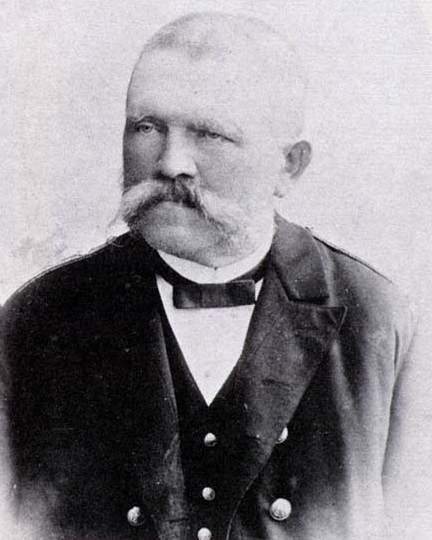
It was Hitler’s father, Alois, who sowed the seeds of doubt regarding the legitimacy of the Führer’s last name. His mother, Maria Anna Schicklgruber, was unmarried when she gave birth to Alois in the village of Strones, 80 kilometers (50 miles) northwest of Vienna, so he went by her maiden name until he was 40.
Maria Anna entrusted her son, Alois, to Johann Nepomuk Hiedler (or Hüttler), the richer brother of her new miller husband, Johann Georg Hiedler, when Alois was five years old (different spellings of the same surname were common in the villages).
There is no way to determine the identity of the boy’s real father because Hüttler consented to adopt Alois after his brother’s death but refused to accept paternity, maintaining that the father was still his brother, who purportedly confirmed this in front of common acquaintances.
The phrase “out of wedlock” was changed to “married,” and a notation was added to the side of the birth record that read:
“The child’s mother, Anna Schicklgruber, identified Georg Hiedler, who was known to the witnesses, as the father of the child Alois and requested for his name to be added to the metric book, as confirmed by the undersigned.” Alois Schicklgruber changed his name to Alois Hiedler in January 1877 with three crosses in place of the signatures of the witnesses. But “Hiedler” was eventually changed to “Hitler” due to a clerk’s error which was common at the time. His offspring, Adolf, naturally took the last name and became Adolf Hitler instead of the true “Adolf Schicklgruber”.
Verdict: It’s not true.
4- Hitler made the toothbrush moustache popular
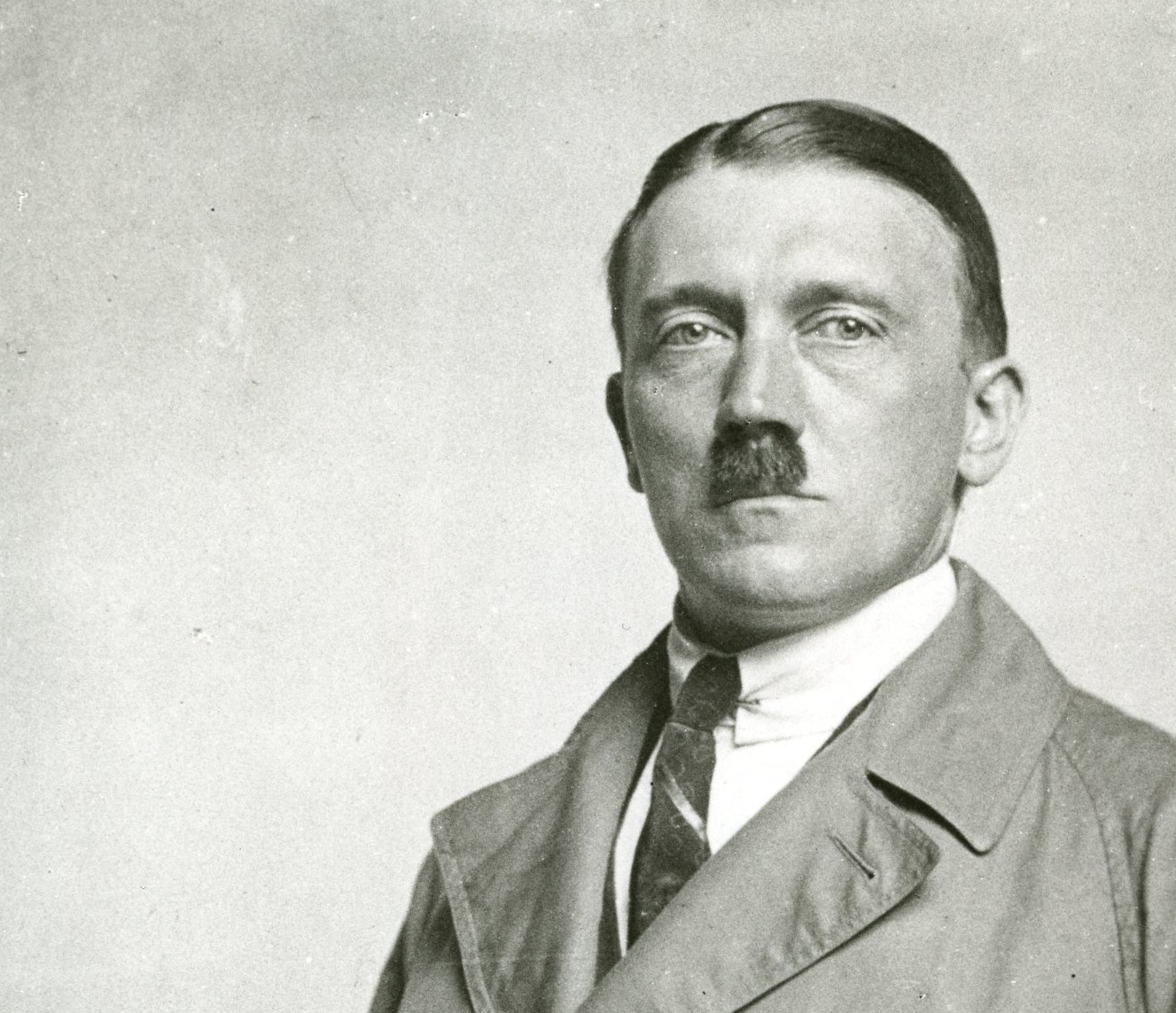
In reality, this trend started in Europe much earlier; by the end of the 19th century, this type of mustache was popular in Russia, Germany, and Austria-Hungary. The toothbrush mustache was regarded as practical since it highlighted masculinity while requiring less upkeep than a puffy or even curled mustache. Hitler, on the other hand, encouraged a new flurry of this style in Germany in the early 1930s.
Verdict: This is partly true.
5- Hitler was actually a Jew
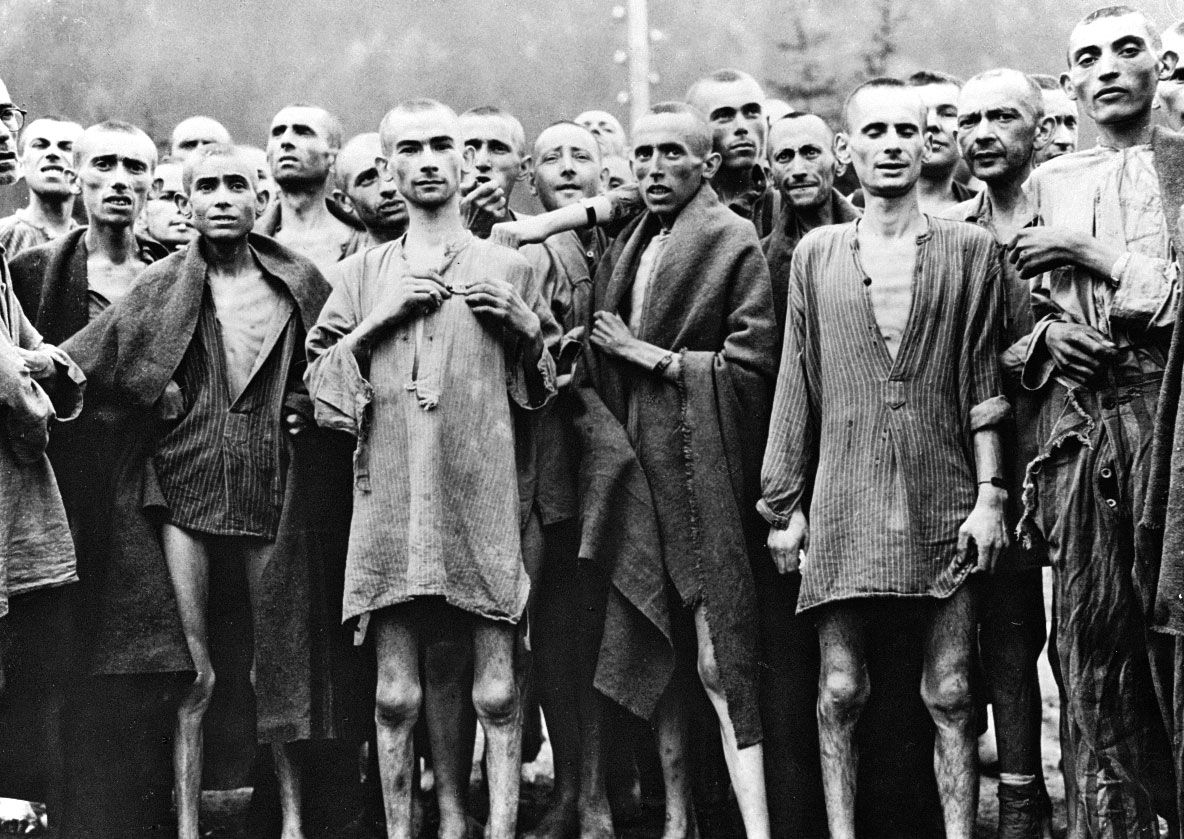
This myth is connected to the mystery surrounding Alois Schicklgruber’s family tree. One theory is that Maria Anna fell pregnant with Alois while working as a servant in the Graz home of the Jewish Frankenbergers (or Frankenreiters). During the Nuremberg Trials, the first instance of this theory came to light when Hans Frank, a close associate of Hitler, stated that in 1930 the Führer had tasked him with investigating Alois’ Jewish background. However, Frank did not provide any evidence to support his claim.
The settlement of Strones was located in the Waldviertel area, and historian Werner Mather sought to document the Führer’s ancestry there in his 1971 book. Mather was able to verify that there were neither Jews nor people with the surname Frankenberger living in Graz throughout the 19th century. Maria Anna was from a poor family in Austria, and neither she nor her brothers, the Gittler-Güttler, were descended from Jews.
Verdict: It’s not true.
6- He shouted “Heil Hitler!” and generally yelled all the time, was crazy, a Satanist and an occultist
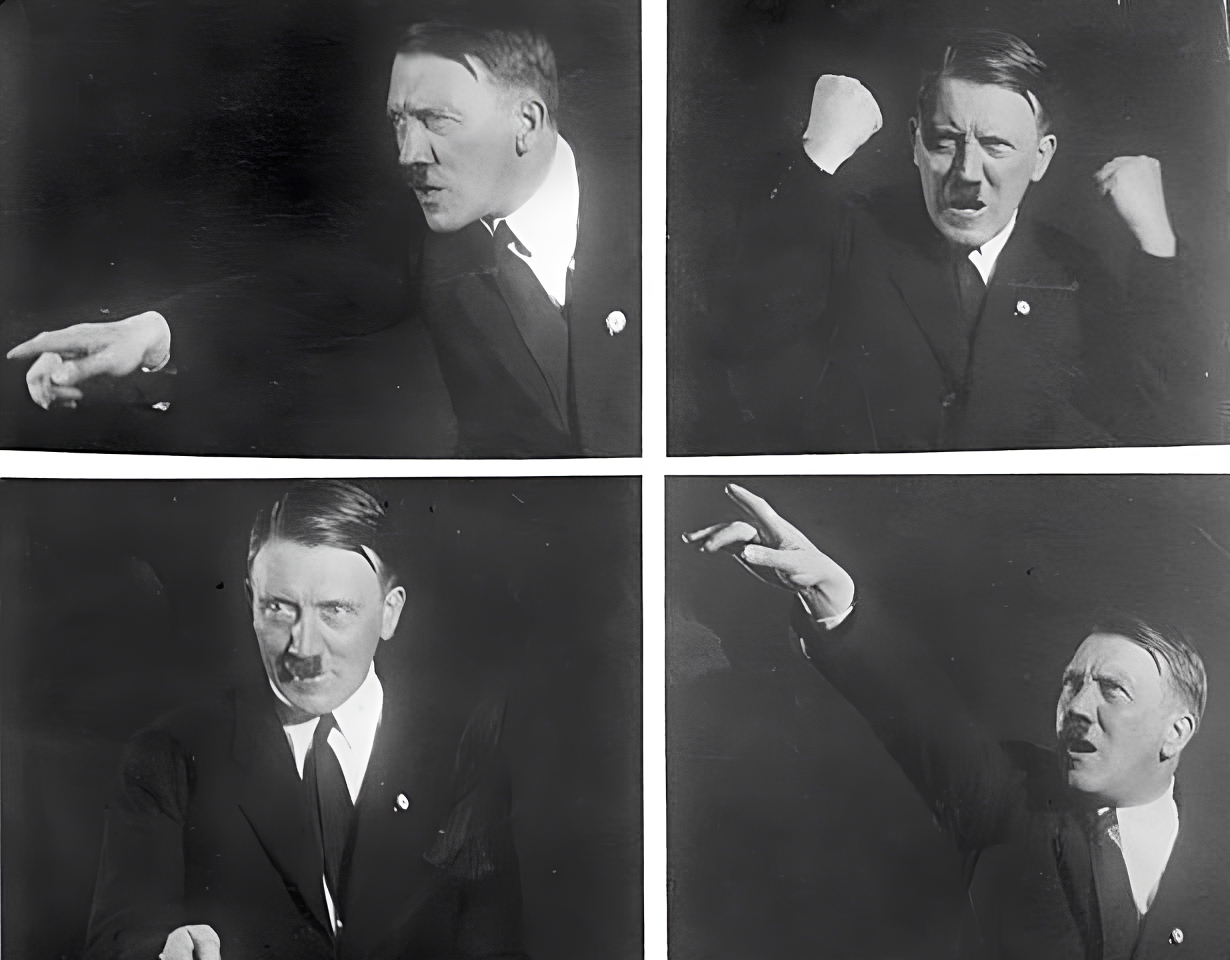
The “mad Führer” stereotype originates from old footage in which Hitler could be seen yelling incomprehensible sentences from the podium while waving his arms wildly. Actually, he did, albeit without his surname attached, cry “Heil” (the official Nazi greeting) at rallies. Hollywood portrayals of Hitler typically show a guy who is agitated and trembling to the point where he is unable to speak and has wild, unfocused eyes. According to this evidence, the Führer did change his appearance in the latter months of the war, but his behavior was consistent throughout.
In terms of sanity, towards the conclusion of the war, Hitler had developed hypochondria, although he was never formally diagnosed with a mental disorder. Instead, he was a fanatic who had an obsessive faith in national socialist ideology, namely in the superiority of the “Aryan bloods” and the need for their “purification.”
Finally, there is no proof that Hitler was a member of any occult groups. Rudolf Hess and Hans Frank were both members of Rudolf von Sebottendorf’s Munich Thule-Gesellschaft; both Hess and Heinrich Himmler were interested in astrology, created unique rituals for SS members, and supported the Ahnenerbe group. Hitler had little tolerance for anybody who challenged his authority; therefore, secret societies were outlawed after 1933. Those who disagreed with Hitler’s National Socialism were harshly marginalized by the dictator.
Verdict: It’s not true.
7- Hitler was also a vegetarian

Some of Hitler’s contemporaries who attended the Führer’s parties remembered that the Führer was a vegetarian. Hitler, in reality, needed to maintain a healthy weight. Meat and fish were constantly on the menu for the guests. For the impoverished “Aryans,” the Fuhrer also instituted the practice of “Eintopfsonntag [Stew Sunday],” in which Germans traditionally ate vegetable stew instead of meat on the first Sunday of the month. Thus, it is not accurate to say that Hitler abstained from meat for ideological reasons but rather that he ate a rather healthy and moderate diet.
Verdict: It’s not entirely true.
8- Hitler was a brilliant orator
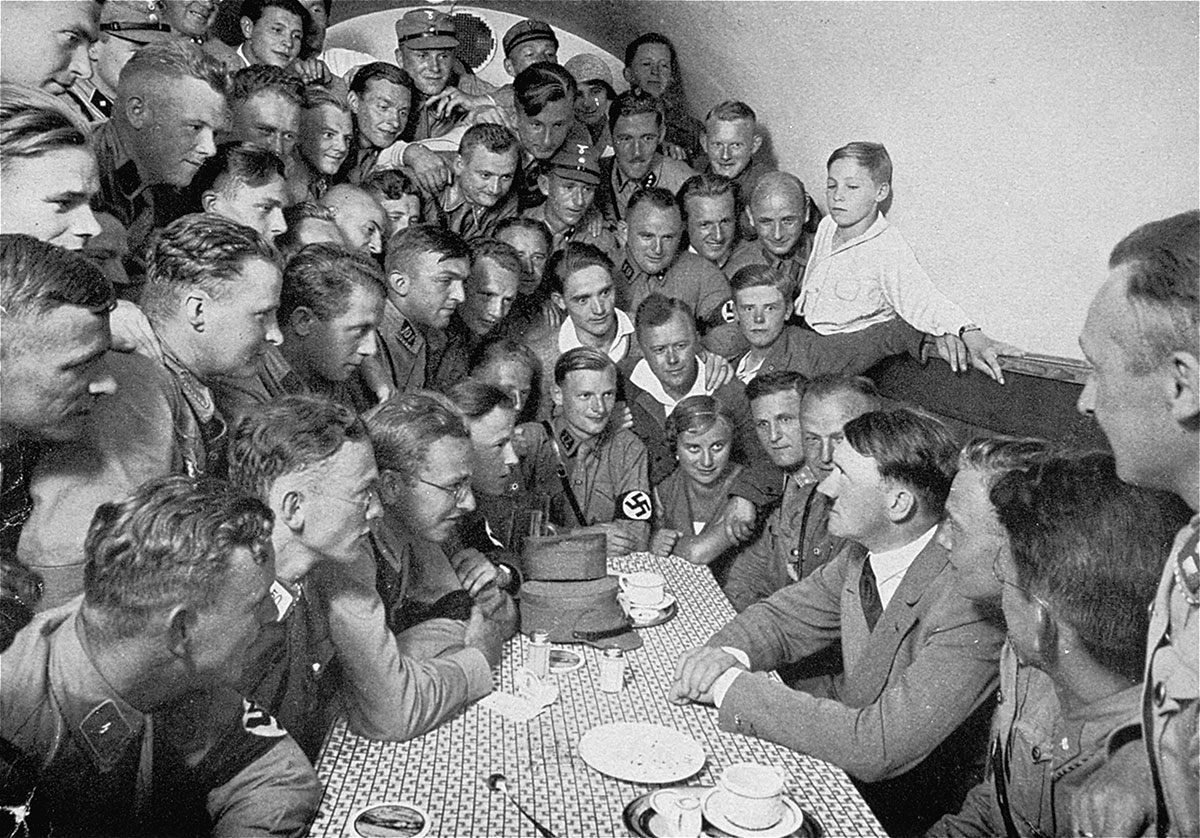
Hitler’s oratorical talent began to show itself when he entered politics. In the DAP, Hitler was in charge of propaganda from the very beginning, speaking at several rallies every day. His oratorical skills manifested themselves in this way: In private, he gave the impression of not being the most interesting conversationalist. Hitler had quite a mediocre voice, but he always spoke emotionally, observing the reaction of his listeners. Later, he would speak very differently, changing the content and tone of his speeches depending on the audience: He would speak calmly and rationally to the military and industrialists, but aggressively and assertively to the crowd.
Hitler developed a special set of oratorial postures. As one of his biographers, Joachim Fest, wrote, “he ingeniously combines the staged elements of the circus and the opera house with the solemn ceremonial of the church and liturgical ritual.” Proof of Hitler’s oratorical talent came from his speeches to crowds of thousands, who interrupted his speeches with the thunderous roar of “Heil! His last speech was heard on the radio on January 30, 1945, when the front lines had already passed through Germany.
Verdict: It’s true.
9- They tried to kill Hitler 40 times
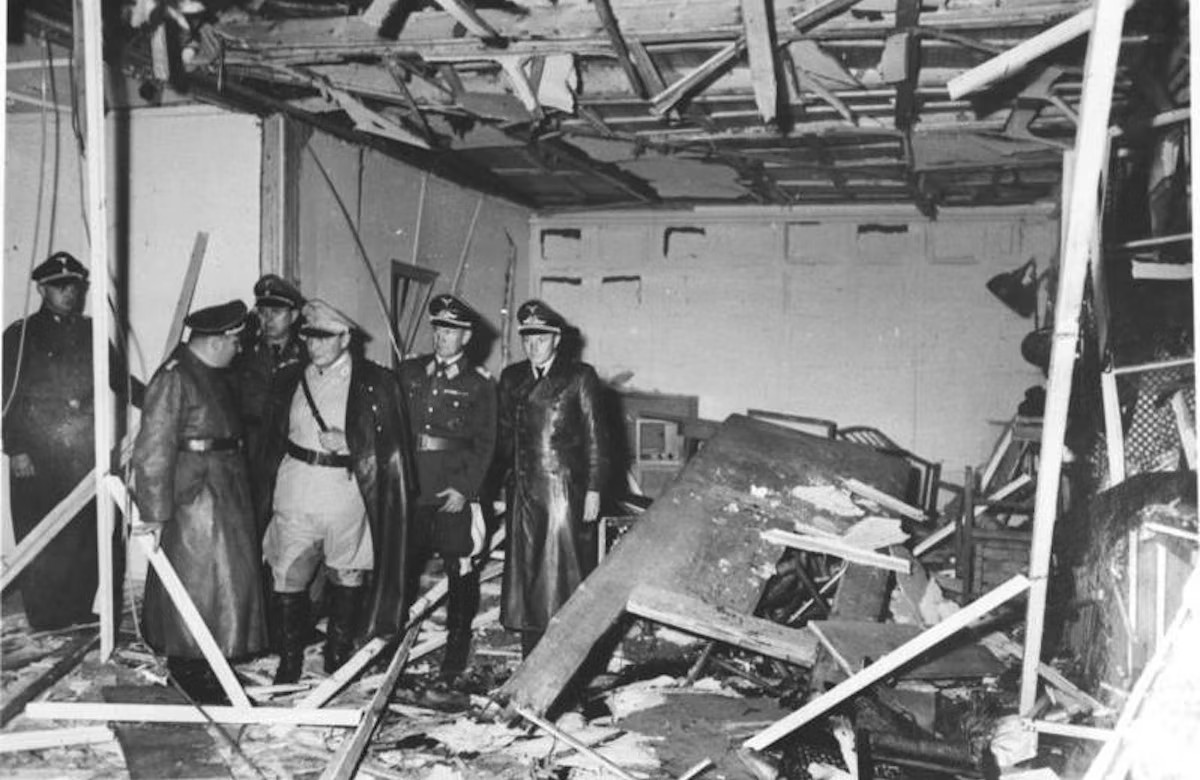
German author and publisher Will Berthold released “Die 42 Attentate auf Adolf Hitler” in 1981; it has since been reissued more than a dozen times. The declassified Gestapo investigation files from the war’s end suggest there were very few such attempts.
The most famous of the attempts was Operation Valkyrie on July 20, 1944. Colonel Klaus von Stauffenberg and his adjutant had shown up to a meeting with Hitler that day with a suitcase full of explosives. The detonator was set to go off 10 minutes after it was put close to the Führer. The conspirators left the conference under false pretenses, so they didn’t notice that the suitcase had been relocated. As a result, numerous policemen were murdered, and Hitler was left shell-shocked, momentarily deafened, burned, and damaged by shrapnel.
A group of commanders in the Wehrmacht plotted to assassinate the Fuhrer to prevent Germany’s loss in World War II. The goal of the plotters was to take power after Hitler’s death and set up a temporary government that would reach out to the Western countries right away and suggest an end to the war.
This was not the only assassination attempt; their exact number is unknown. The people who reported the attempts also said there were four further occurrences, although there is no independent proof of this.
Verdict: It’s not entirely true.
10- Hitler didn’t actually kill himself, but faked his death and lived for a long time
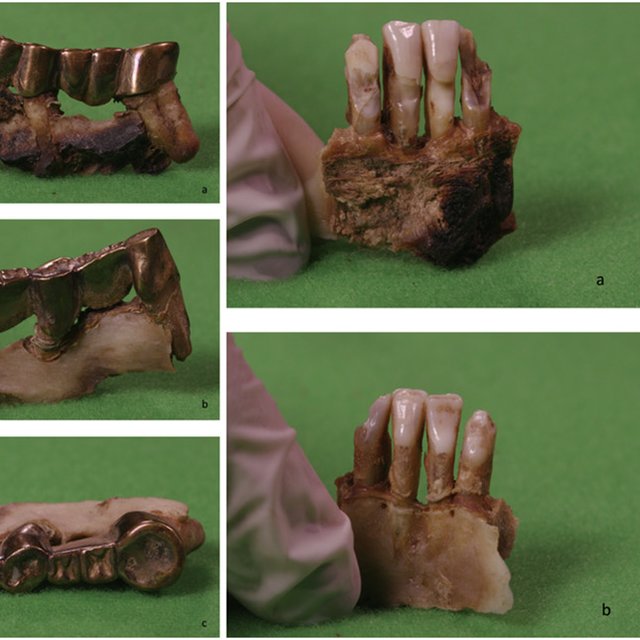
Hitler, who had just married Eva Braun the day before, committed suicide and had his corpse and hers cremated before he killed himself. The bodies were doused with gasoline and set on fire, although not all of them burned, according to the testimonies of Hans Rattenhuber, the SS guard chief, and Otto Günsche, Hitler’s personal aide. The Soviet forces finally broke into Hitler’s bunker on May 2, 1945. Following forensic analysis, it was determined that some of the remains recovered were, in fact, “probably Hitler’s body.” The jaw, which might be used to verify Hitler’s identification via dental records, and other remains were hidden away in the State Archives’ vaults.
Stalin’s refusal to accept at the Potsdam Conference that Hitler’s remains had been brought to the Soviet Union prompted the widespread belief that the Führer was still alive when he was asked whether Hitler’s corpse had truly been recovered. Many wild theories accompanied this theory: Hitler fled, flew away in an airplane or a submarine, lived on a secluded ranch in South America with Eva or someone else, was surrounded by children, and died peacefully years after the fall of his dictatorship. But they are just tall tales. History’s most trusted scholars agree that on April 30th, 1945, Hitler took his own life.
Verdict: It’s not true.
Bibliography:
- Bezymenski, Lev (1968). The Death of Adolf Hitler (1st ed.). New York: Harcourt, Brace & World.
- Hanfstaengl, Ernst ‘Putzi’. Hitler: The Missing Years. London: Eyre & Spottiswoode, 1957. Arcade Publishing, reprint 1994 ISBN 1-55970-278-8
- Berthold W. Die 42 Attentate auf Adolf Hitler. München, 1981.
- Maser W. Adolf Hitler. Legende — Mythos — Wirklichkeit. München, Esslingen, 1971.


